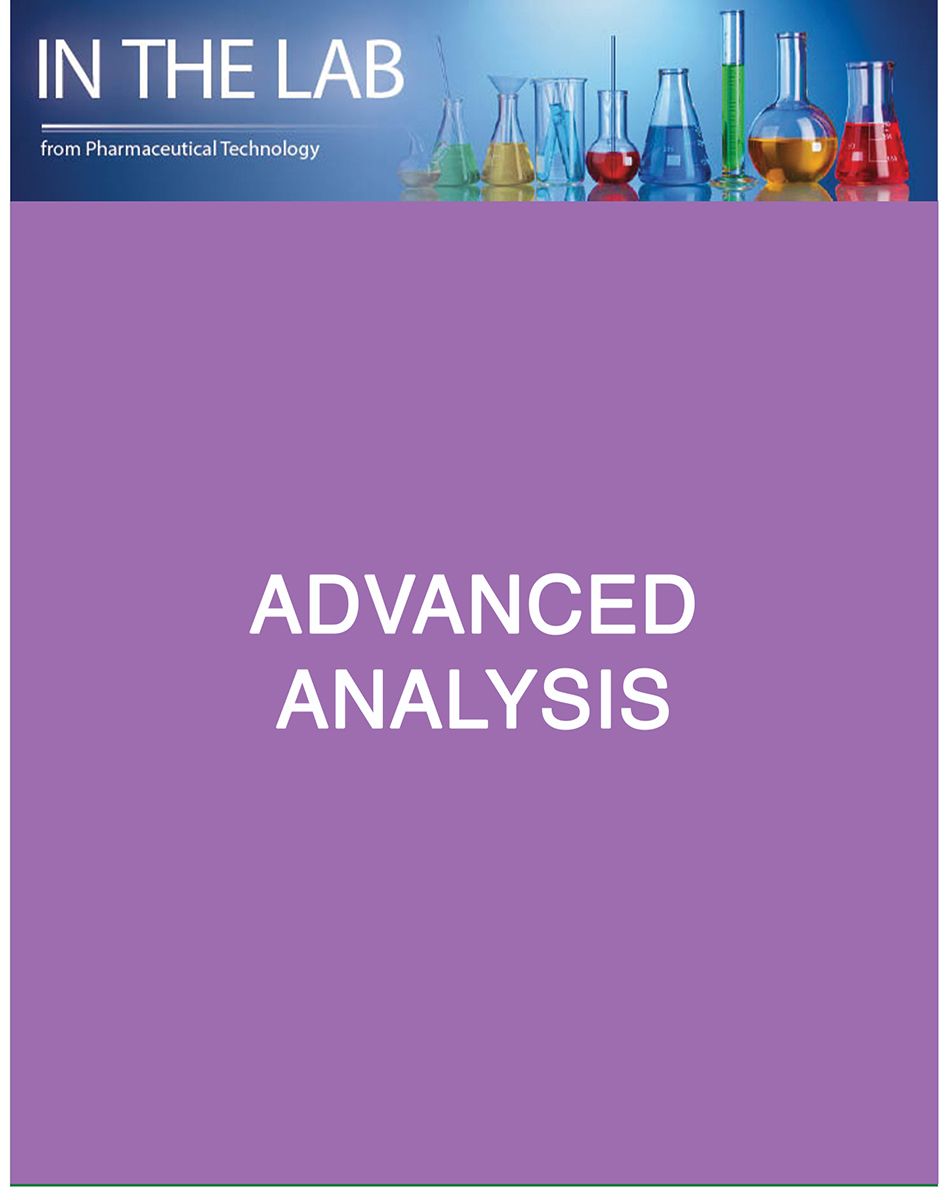NIH Scientists Develop Faster COVID-19 Test
A new method developed by the NIH bypasses genetic RNA extraction, simplifying the testing process.
Scientists at the National Institutes of Health (NIH) have developed a new sample preparation method to detect SARS-Cov-2. Because this method bypasses extraction of the virus’ genetic RNA material, it simplifies sample purification and may reduce test time and costs.
Standard COVID-19 tests amplify viral RNA to detectable levels using quantitative reverse transcription polymerase chain reaction (RT-qPCR). RNA must be extracted from the sample to use this technique, which has put strain on manufacturers of RNA extraction kits.
NIH researchers tested a chelating agent (Chelex 100) made by lab supply company Bio-Rad to determine if it could be used to circumvent the traditional testing process. This agent preserves SARS-CoV-2 RNA in samples for detection through RT-qPCR.
Standard samples were tested using conventional RNA extraction and RT-qPCR, while those stored in the chelating agent were heated and then tested by RT-qPCR. NIH found that the new preparation method significantly increased the RNA yield available for testing relative to the standard method.
“We used nasopharyngeal and saliva samples with various virion concentrations to evaluate whether they could be used for direct RNA detection,” said Bin Guan, a fellow at the National Eye Institute's Ophthalmic Genomic Laboratory, in a press release from the organization. “The answer was yes, with markedly high sensitivity. Also, this preparation inactivated the virus, making it safer for lab personnel to handle positive samples.”
Source: NIH

Drug Solutions Podcast: A Closer Look at mRNA in Oncology and Vaccines
April 30th 2024In this episode fo the Drug Solutions Podcast, etherna’s vice-president of Technology and Innovation, Stefaan De Koker, discusses the merits and challenges of using mRNA as the foundation for therapeutics in oncology as well as for vaccines.
PacBio Chosen as Tech Partner for Global Alzheimer’s Disease Research Project
April 23rd 2025The project, the North African Dementia Registry, will unite multiple entities for the purpose of developing a comprehensive dataset to advance the research community’s understanding of Alzheimer’s disease and other dementias in diverse populations.